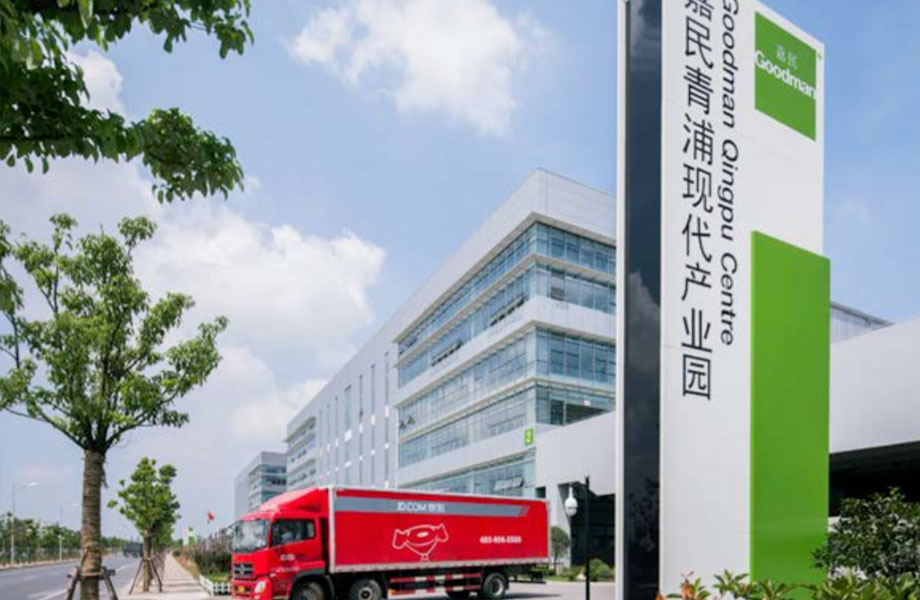Sydney and Melbourne Poised for Multi-Storey Warehouses: Report
Sydney and Melbourne could be prime locations for multi-storey warehouses, similar to Asian cities such as Hong Kong and Singapore where available land is limited and site costs are high.
According to a new report by CBRE, the multi-storey concept has seen limited take-up in Australia due to the availability of relatively cheap and developable land.
This is now likely to change in areas such as inner Melbourne and south Sydney where land values have increased by 91 per cent and 67 cent respectively over the past five years, making them the most expensive industrial precincts in Australia.
“With growth well above rental values, developer margins have eroded – driving developer interest in multi-storey warehousing,” CBRE head of retail & logistics research Kate Bailey said.
Related: Futuristic Warehouses, E-Commerce Drives Industrial Market

Many Asian cities where available land is limited and site costs are high — such as Tokyo, Hong Kong and Singapore — already have established multi-storey warehouse networks. Generally, the higher the underlying land value, the taller the warehouses.
Land values in Hong Kong average almost $3,650 per square metre and developments average 12 floors, while land values in tier one cities in China average $226 per square metre and developments average two floors.
Additionally, rents in multi-storey warehouses in these high cost cities are often up to 20 to 30 per cent lower, resulting in a considerable saving in occupancy costs.
“This is an emerging market in the industrial space, with this type of development set to grow in popularity over coming years,” Bailey said.
“We forecast an additional 350,000sq m of distribution space will be required annually in Australia to service growth in e-commerce, with South Sydney and inner Melbourne to be among the highest growing areas in the country.”
The cost of execution
The Pacific director of CBRE’s supply chain advisory business Christine Miller said the rise of e-commerce meant that occupiers were having to examine their supply chain and look at the cost of execution.
“Fast delivery is now a crucial requirement for a seamless omnichannel strategy and occupiers are growing increasingly concerned with securing locations in close proximity to their customer base in order to minimise costs and commit to faster delivery timelines,” Miller said.
“Tenants are increasingly prioritising location over rent, with occupancy spend at just 5 per cent of total supply chain costs and transport expenses making up 50 per cent of total supply chain costs – almost a third of which is in the last mile.
“For an occupier to be in a key network location that provides quick and cost-effective access to population centres, this has the potential to deliver a really competitive solution for their supply chain.”















